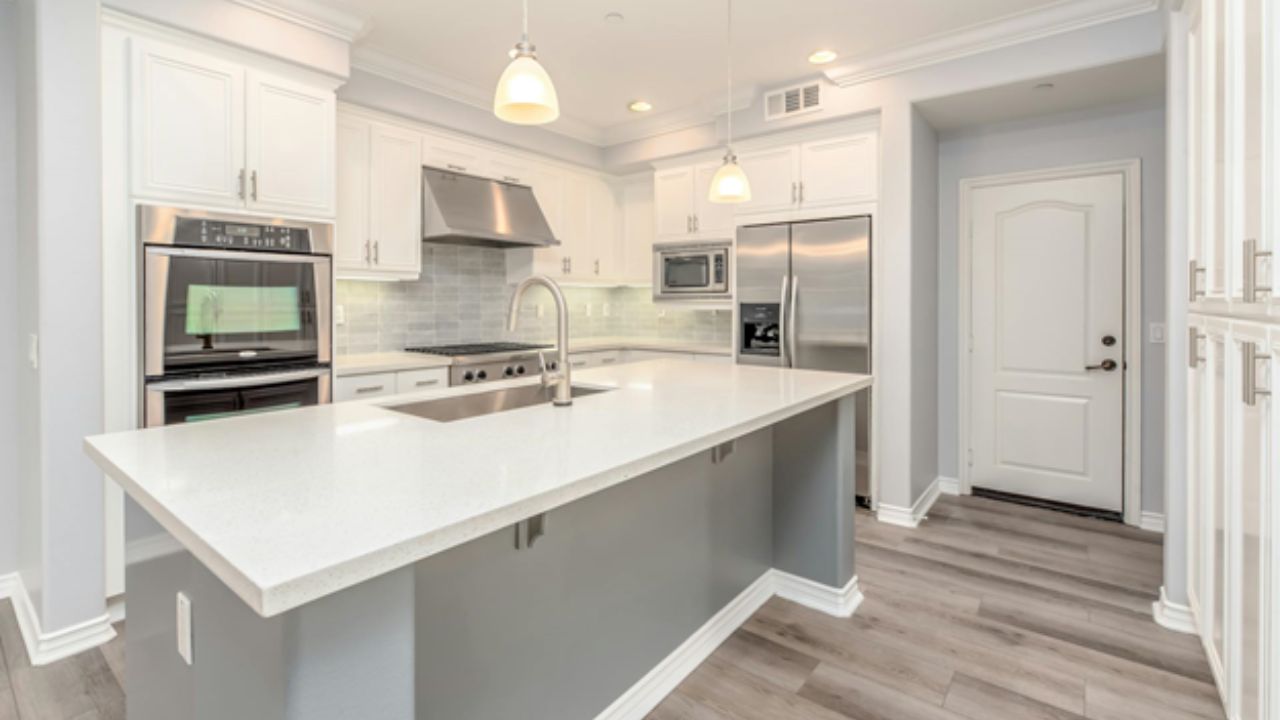Buying a home is a huge milestone. But once the keys are in your hand, reality kicks in—you may not love everything about it. The layout might feel awkward. The kitchen could be outdated. Or maybe the style just doesn’t reflect who you are. And that’s okay.
The beauty of homeownership is the power to make your space truly yours. But before jumping into renovations, planning matters. Good planning helps you stay on budget, on schedule, and aligned with your vision.
This article walks you through smart, practical steps for planning renovations that reflect your personality, lifestyle, and budget. Whether you’re tackling one room or your entire home, these ten tips will guide you to make choices that feel right for you.
Know Your Budget – And Your Mortgage Situation
Renovating a home is exciting, but it can quickly become overwhelming if you don’t have a firm handle on your budget. Before choosing materials or browsing design inspiration, take an honest look at your finances. Set a renovation budget that fits within your means.
Part of budgeting smartly involves understanding where you are with your mortgage. Are you still early in your loan term, or have you built up significant equity? Knowing this helps you determine whether to finance renovations or use savings. An online home mortgage calculator can be a helpful tool. It shows how potential renovation loans might affect your monthly payment, helping you plan with confidence.
Don’t forget to account for hidden costs like labor, permits, and contingencies. It’s common for renovation projects to go over budget, but with careful planning, you can minimize surprises and stay in control.
Define Your Personal Style
A well-renovated home should feel like an extension of who you are. To get there, you need to understand your style. Take time to explore what types of interiors you gravitate toward. Do you prefer a minimalist look with clean lines and soft neutrals, or are you drawn to bold color, eclectic furniture, and vintage accents?
One effective way to find your style is by saving images that inspire you. Create a digital folder or mood board with rooms, colors, textures, and layouts you love.
Focus on Function First
It’s tempting to start with the “wow” factor—the trendy tile, the beautiful light fixture, or the unique backsplash. But before thinking about aesthetics, you need to think about function. A room might look great, but if it doesn’t serve your needs, it won’t feel right.
Think about how you use each space daily. If you’re always hosting guests, a spacious and open dining area could take priority. If mornings are chaotic, a better bathroom layout might be worth the investment.
Renovate in Phases (Don’t Try to Do It All at Once)
Trying to renovate your entire home in one go can be financially and emotionally draining. It also increases the chance of burnout, rushed decisions, and compromised results. That’s why renovating in phases is often the better approach.
Start by identifying the areas you use the most or the rooms that cause the most frustration. Tackle those first. Once they’re complete, you can move on to less urgent spaces. This method spreads out the cost over time while allowing you to live in your home and adjust plans based on what you learn along the way.
Don’t Underestimate the Power of Color
Color is one of the simplest yet most powerful tools in home design. It sets the tone of a room and influences how a space feels. Soft blues can create a sense of calm, while deep greens bring richness and warmth. Neutral tones help open up smaller spaces, while bold colors can add energy and personality.
Choosing the right color starts with knowing how you want each room to feel. If your bedroom needs to be restful, lighter tones might be the way to go. For a dining room meant to host lively conversations, warmer, more vibrant shades might look better. Try samples on the wall before committing. Colors look different in changing light throughout the day and testing a few swatches will give you a better sense of what works.
Mix DIY with Pro Help
Taking on projects yourself can be a great way to save money and add a personal touch. If you’re handy with tools or enjoy small weekend projects, DIY can make the renovation experience more rewarding. Tasks like painting, installing new hardware, adding shelves, or laying peel-and-stick tile are good starting points.
But there are limits to what you should do on your own. Anything involving plumbing, electrical work, or structural changes is best left to professionals. Not only for safety but also to ensure the job is done properly. Mistakes in these areas can end up costing more than if you had hired someone in the first place.
Don’t Rush the Process
Renovating your home should be a thoughtful process. Rushing into big decisions can lead to regrets, extra costs, and design choices that don’t hold up over time. It’s okay to take your time.
Sleep on your ideas. Revisit your plans. Live in the space a bit longer before tearing it apart. Renovation timelines often get pushed for all kinds of reasons—shipping delays, weather, and permit issues. Build in that buffer from the beginning. A slower pace often leads to better, more considered results.
When you allow yourself the space to plan carefully, you’re more likely to end up with a home that feels exactly how you hoped.
Make It Yours
A renovated house becomes a home when it reflects who you are. That doesn’t mean it needs to be perfect or magazine-worthy. It just needs to feel authentic. Add in personal items that hold meaning—photos, travel souvenirs, artwork, handmade pieces. Mix in elements that tell your story.
This is your space. You live in it every day. The point of all the planning and work is to make your home feel comfortable, welcoming, and completely yours.
Every home has the potential to become something special. You don’t need a massive budget or years of experience to make meaningful changes. Renovation planning is your chance to take control and shape your environment so it supports your habits, your style, and your peace of mind. It’s less about impressing others and more about honoring the way you want to live.
No one else lives in your home the way you do. So trust your instincts, take your time, and create something meaningful.
You May Also Read: Gessolini: The Secret Weapon for Walls That Whisper Luxury










